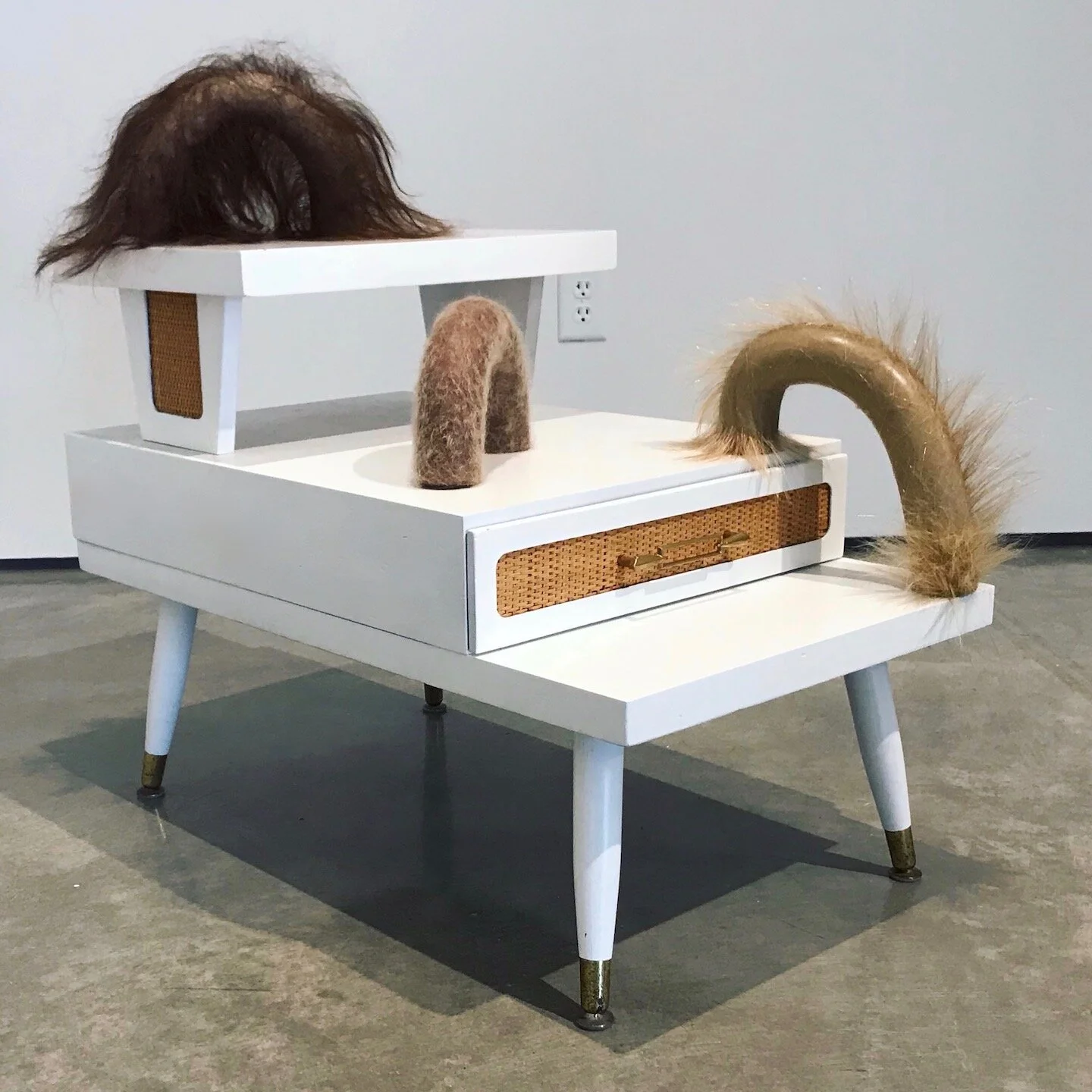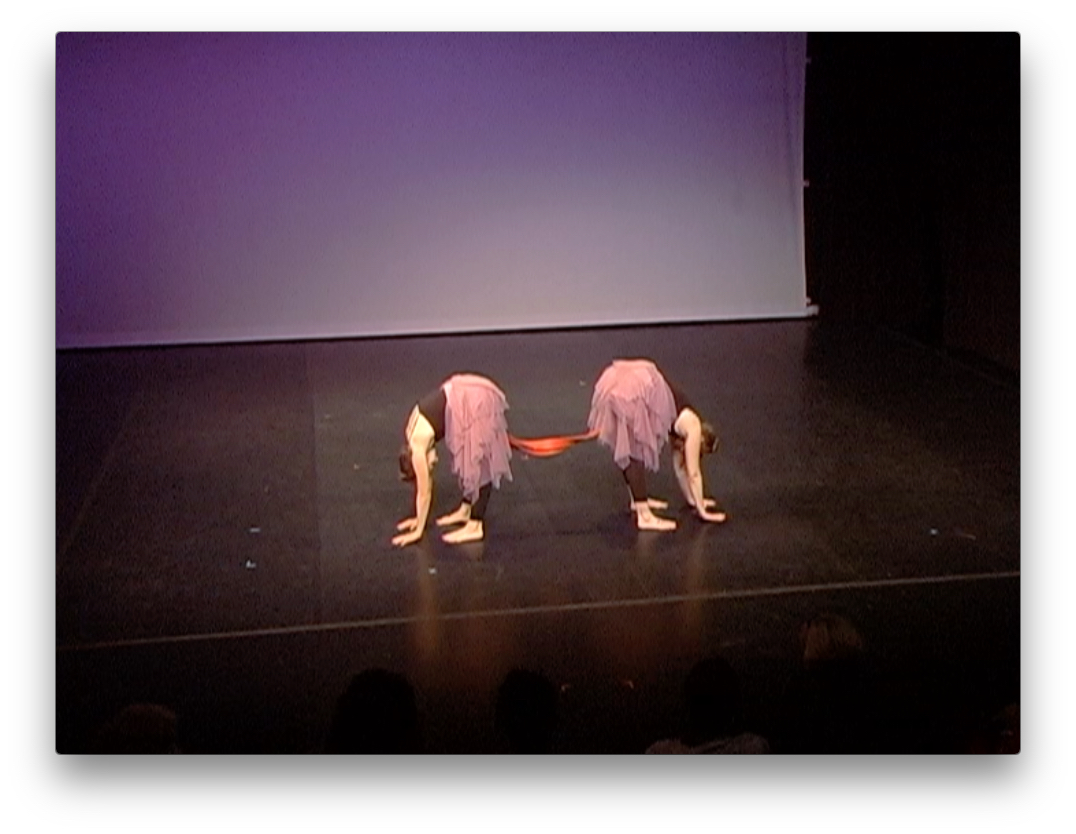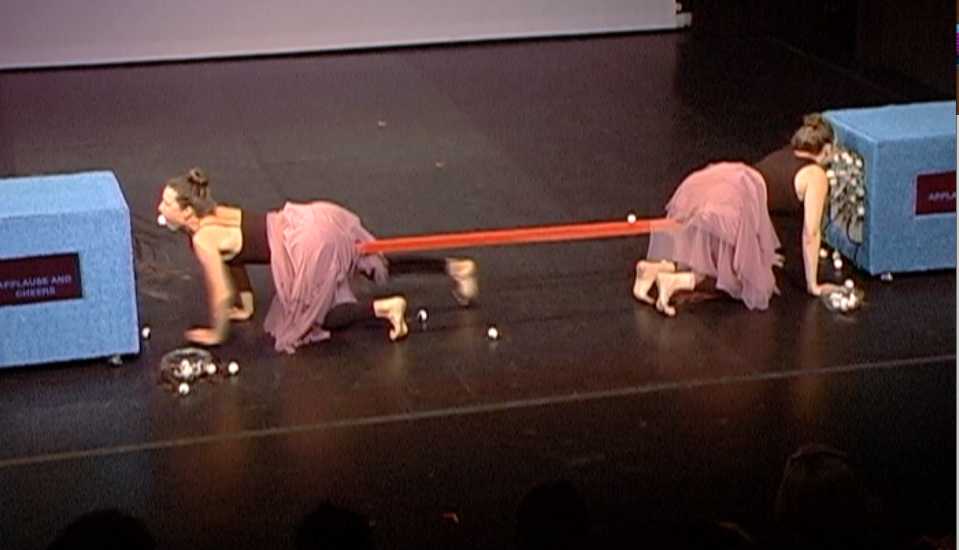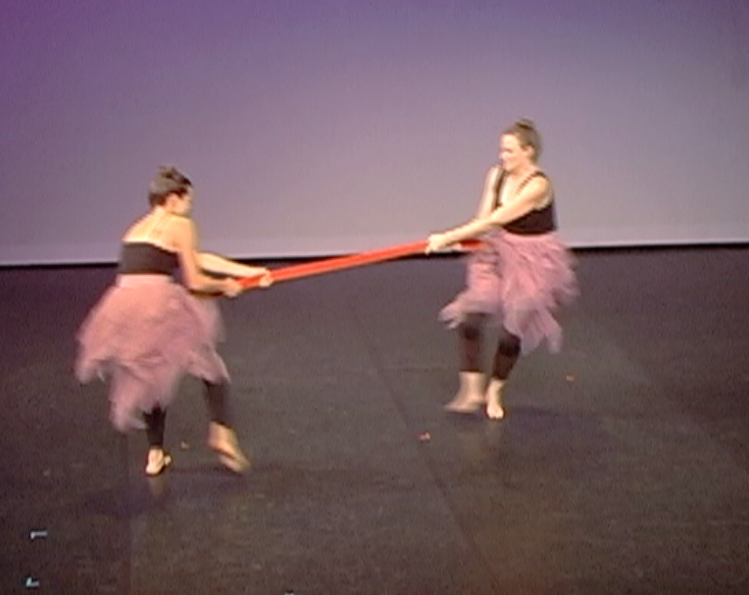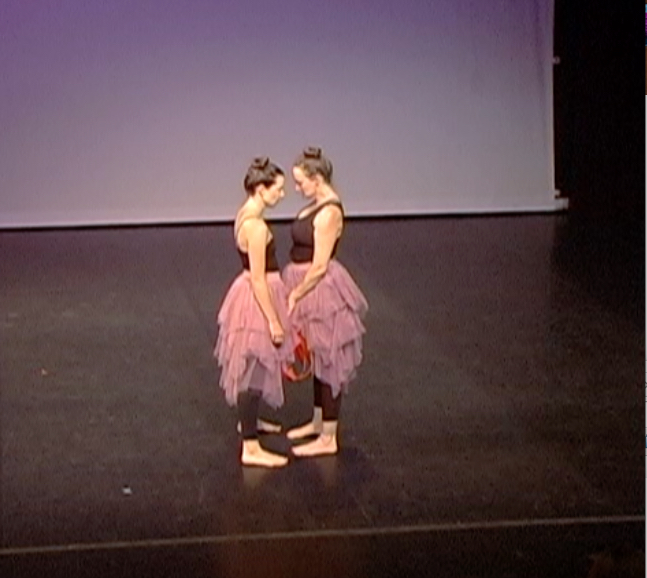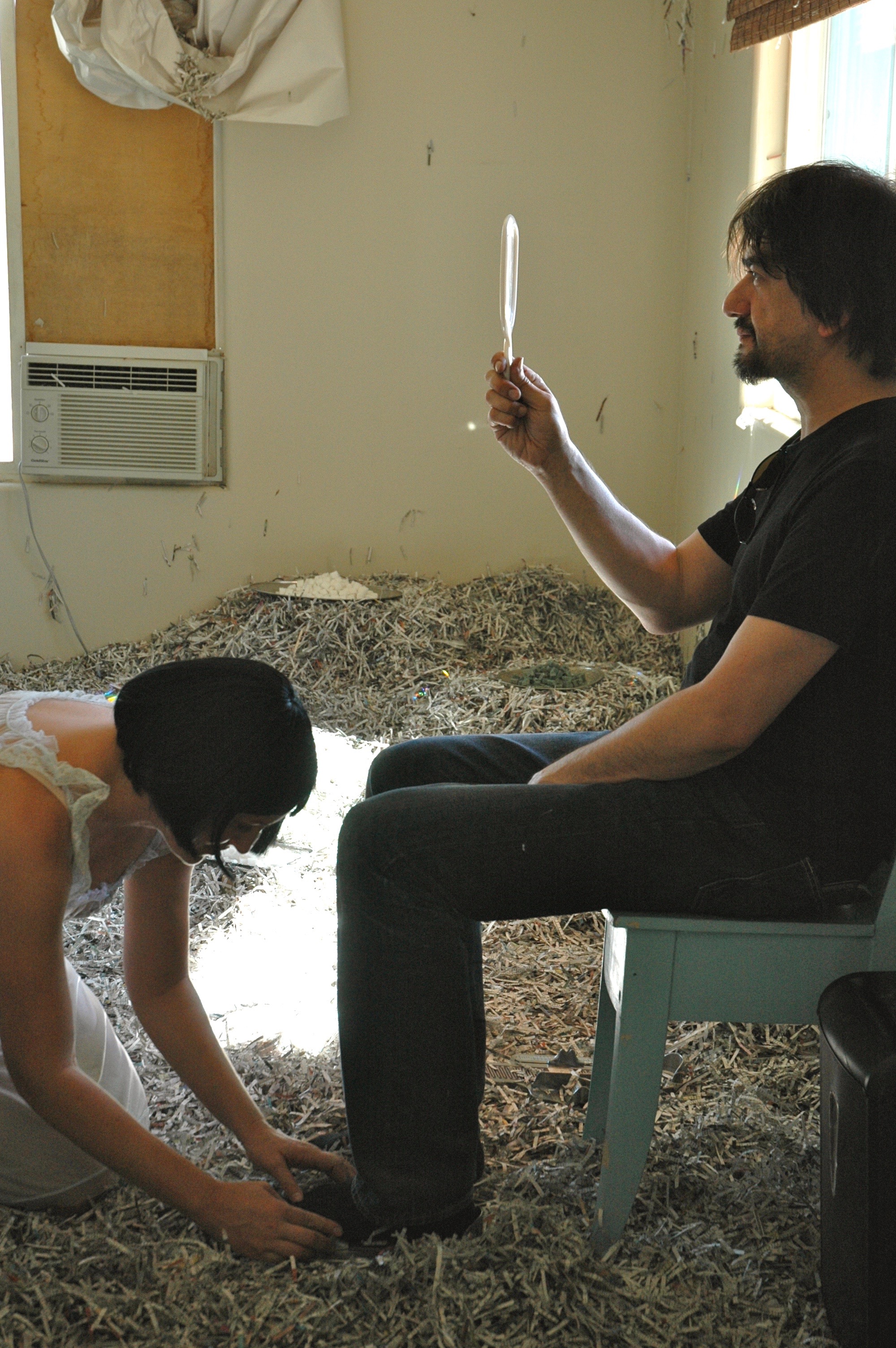2009
Life-sized board game
Ages 0+
• Roll the colored die to determine your dining destination.
• Roll the $$$ die to determine your bank.
• Wait to be seated in your restaurant of chance.
• Place your order with your server. Make sure you can afford it!
• Throw solid foods at the targets to control your server’s actions.
• Settle up your tab and don’t forget to tip your server.
Essay by Colin Gardner (appearing in exhibition catalogue):
Combining language, games, and ludic qualities commonly associated with 1960’s Fluxus and Situationist strategies with a post-Marxist investigation into the interpellative modes of production of late capitalism, Elizabeth Folk utilizes largescale installation, discrete sculptural objects, and interactive performance as a means of disclosing both latent and manifest iniquity within the service industry and commercial public space as a while. Constructed largely of felt- the material allusion to kindergarten art projects and Josef Beuys’ personal symbology is an obvious conceptual deceit- Just Play! Restaurant (2009) consists of a highly artificial, full-scale simulacrum of a restaurant constructed within the actual gallery space, prompting the spectator to “consume” the piece both as a café- referencing the political economy of everyday life- but also as sculptural tableau (i.e. as a formal “aesthetic” statement). The restaurant is divided into three “classes”- upscale, “TGI Fridays” casual, and greasy spoon- with a commensurate difference in menu offerings, décor, and most importantly, quality of service. Folk utilizes an aleatory board game variable to determine where visitors are seated and the kind of food and service they receive. The artist herself waits on each section, changing attire and demeanor in accordance with the level and quality of service expected. Through a form of “cryptic coloration,” the restaurant space thus stands in for a wide variety of class, linguistic, and performative distinctions found in multiple areas of life- from air travel, hotel service, theater, and concert-going, to education (e.g. streaming), housing, and the factory floor. However, in this case, the work’s inherent de-familiarization of its own spatial economy forces us into a position of active critique rather than passive acceptance, placing it closer to the didactic work of early Bertolt Brecht than “post-spectacle” resignation.
Essay by Colin Gardner appearing in Dreamtigers exhibition catalogue, Santa Barbara Contemporary Arts Forum, June 2010.







